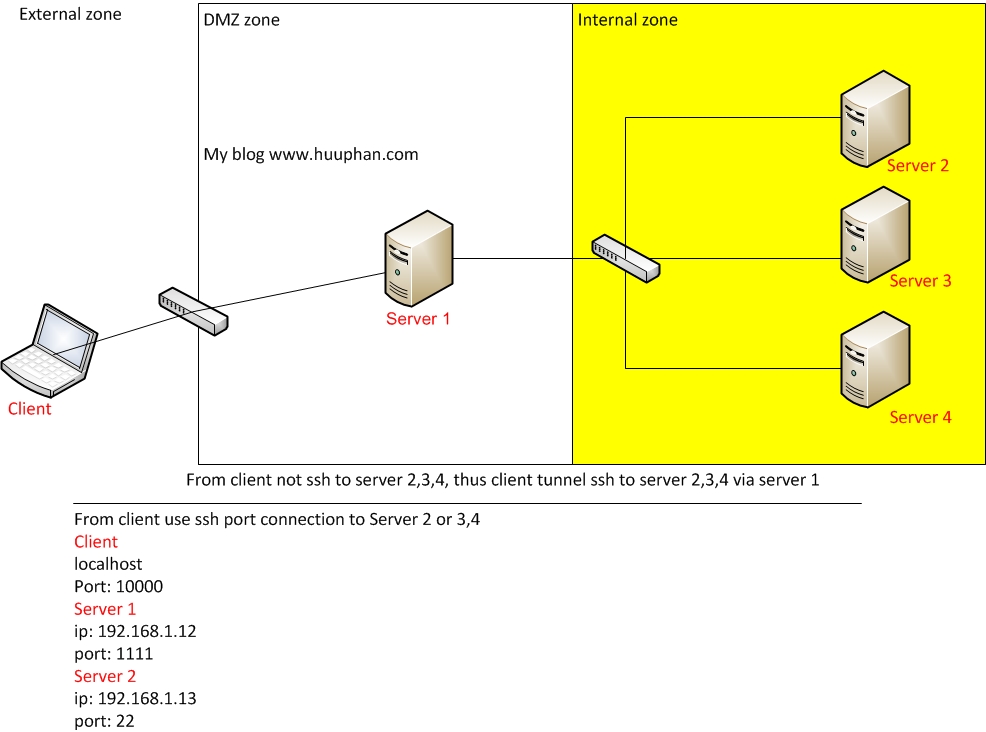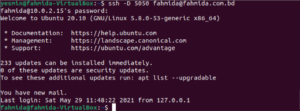
⦁ -L local_port:destination_server_ip:remote_port – The local port on the local client is being forwarded to the port of the destination remote server. ⦁ ssh – Starts the SSH client program on the local machine and establishes a secure connection to the remote SSH server. The basic syntax for a local port forward command is straightforward: ssh -L local_port:destination_server_ip:remote_port ssh_server_hostname The location can either be an IP address or a hostname. To use SSH tunneling in Linux, you need to provide your client with the source and destination port numbers, as well as the location of the destination server.

SSH connections are established, and security efforts can concentrate on the intermediary SSH server rather than individual resources in a network.

The connection is then forwarded to a resource within the trusted internal network. Your local SSH client establishes a connection with the remote SSH server. Organizations usually solve this issue by setting up an intermediary SSH ‘jump’ server to accept remote SSH connections. This would be a severe limitation in a modern distributed environment.

Valuable network resources do not generally allow remote SSH access.


 0 kommentar(er)
0 kommentar(er)
